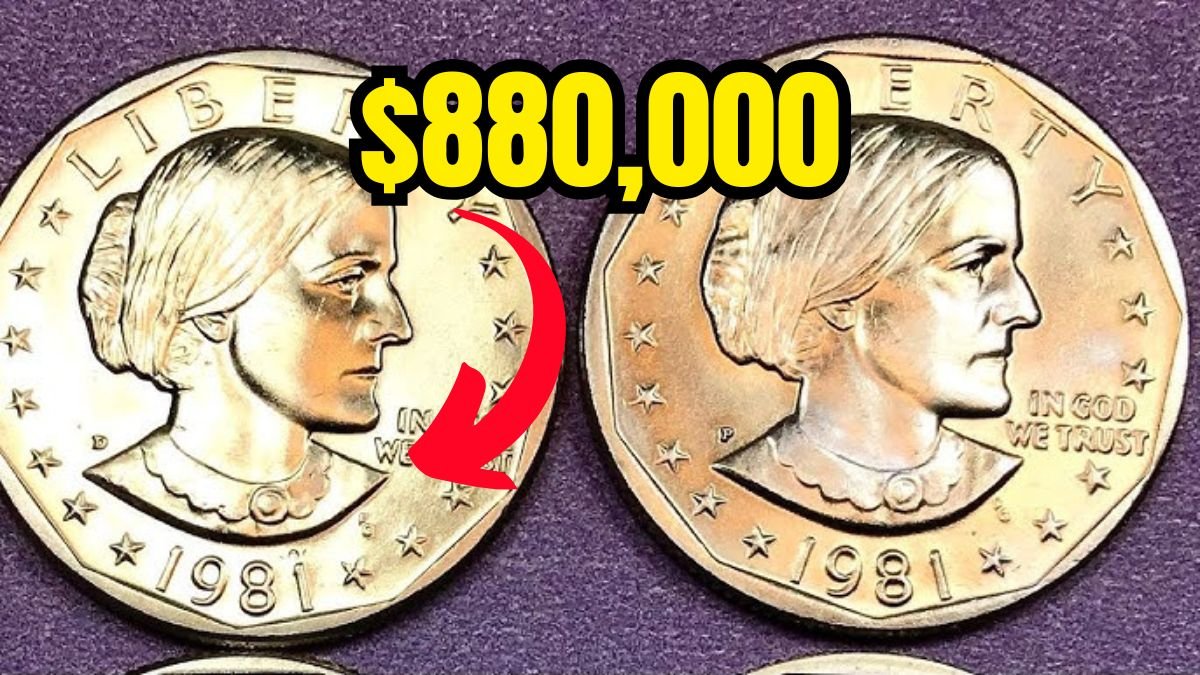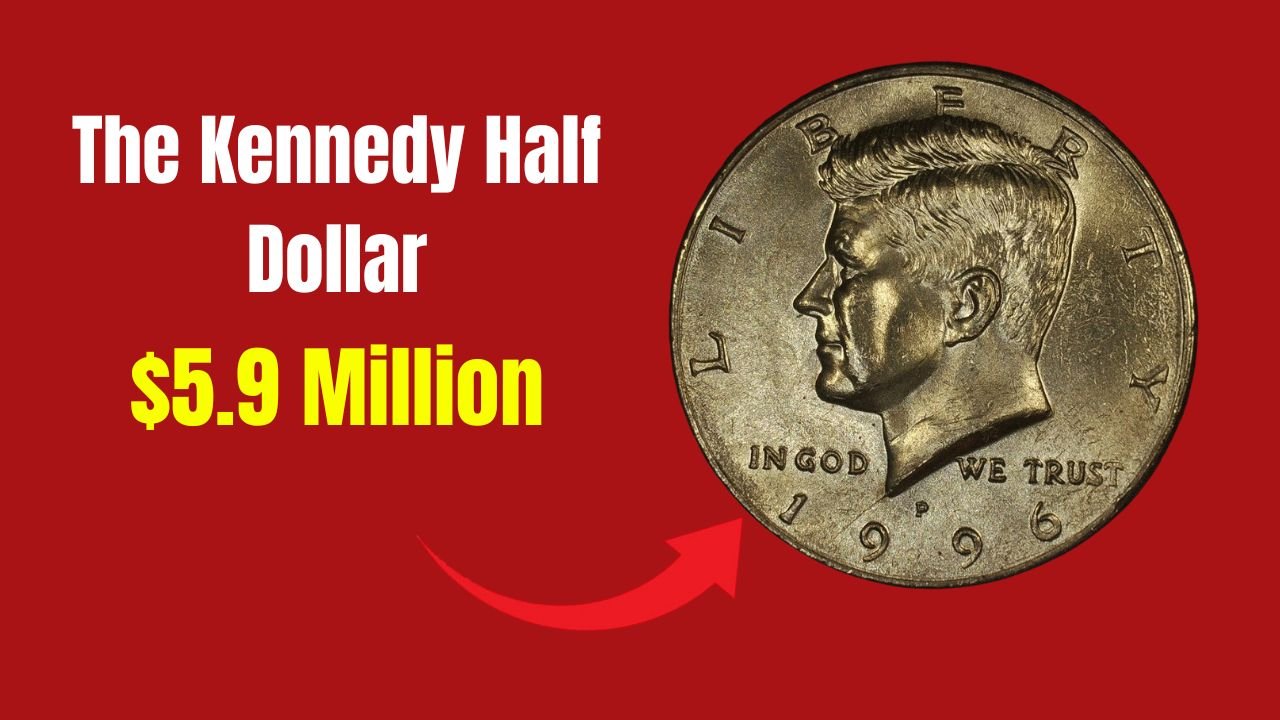Introduction
Can a humble penny really be worth $100,000? The answer is yes, and the secret lies in a rare variety of the Lincoln Wheat Penny that has stunned collectors and investors alike. Though most people consider pennies to be spare change, the world of numismatics (coin collecting) reveals otherwise—some of these copper coins are highly sought after and command staggering sums at auction.
In this article, we’ll take you on a deep dive into the history, key dates, mint errors, and identifying features of the rare Lincoln Wheat Cents, including those that could fetch up to $100,000 or more. We’ll also cover how to identify, grade, store, and sell them—so you’ll know exactly what to look for in your pocket change.
1. The History of the Lincoln Wheat Penny
The Lincoln Wheat Penny was first introduced in 1909, marking the centennial of Abraham Lincoln’s birth. It was:
- The first U.S. coin to feature a real historical person
- Designed by Victor David Brenner
- Minted from 1909 to 1958, before being replaced by the Lincoln Memorial design
Its reverse side features two wheat stalks, hence the name “Wheat Penny.”
2. Key Features of a Lincoln Wheat Penny
| Feature | Description |
|---|---|
| Obverse | Lincoln’s portrait with the words “In God We Trust,” “Liberty,” and the mint year |
| Reverse | Two wheat ears surrounding “One Cent” and “United States of America” |
| Mint Marks | D = Denver, S = San Francisco, no mark = Philadelphia |
| Material | Mostly copper, except special years like 1943 (steel) |
Identifying these elements helps you determine if your coin may be rare or valuable.

3. What Makes Some Pennies Worth $100,000+
Several factors contribute to the enormous value of certain Wheat Pennies:
| Factor | Impact |
|---|---|
| Rarity | Low mintage or accidental production errors |
| Mint Errors | Struck on the wrong planchet or with doubled dies |
| High Grade | Uncirculated or nearly perfect condition |
| Historical Context | Produced during wartime or transitional years |
The 1943 bronze penny is a classic example—it was never meant to be minted, yet a few slipped through the cracks.
4. The Most Valuable Lincoln Wheat Pennies
| Year | Description | Estimated Value |
|---|---|---|
| 1943 Bronze (Copper) | Struck in bronze instead of zinc-coated steel | $100,000 – $1,000,000+ |
| 1944 Steel | Struck in leftover steel blanks | $75,000 – $200,000 |
| 1909-S VDB | Low mintage, initials on reverse | $1,000 – $50,000 |
| 1922 No D | Mint error from Denver Mint | $1,500 – $30,000 |
| 1955 Doubled Die | Famous doubled text error | $2,000 – $20,000 |
These coins are legends in the numismatic world, and many are still hiding in collections or change jars.
5. The 1943 Bronze Penny – The $100K Superstar
In 1943, pennies were made from zinc-coated steel to conserve copper for World War II. However, a few pennies were mistakenly struck on leftover bronze planchets.
✅ Why It’s So Valuable:
- Estimated only 10 to 20 exist
- They weigh about 3.11 grams (vs. 2.7 grams for steel)
- Non-magnetic (unlike steel cents)
- Often mistaken for a normal penny
🔍 How to Spot One:
| Test | Result |
|---|---|
| Magnet Test | If it sticks, it’s steel. If not, it could be bronze. |
| Weight | Bronze weighs ~3.11g |
| Color | Bronze pennies have a warm, reddish-brown tone |
| Certification | Must be graded by PCGS or NGC to confirm authenticity |

6. How to Tell If You Have a Rare Penny
Checklist:
- Mint year – Look for key years like 1909-S VDB, 1922 No D, 1943 Bronze
- Mint mark – “S” and “D” can indicate limited mintage
- Design errors – Doubling, missing letters, off-center strikes
- Material – Bronze vs. steel vs. copper-plated zinc
- Condition – High-grade or uncirculated coins are worth more
7. Grading Your Penny – Why It Matters
The grade determines its market value:
| Grade | Description | Approx. Value (Rare Coin) |
|---|---|---|
| MS-70 | Perfect, mint state | Top dollar |
| MS-65 to 68 | High quality, minor flaws | $10K – $100K+ |
| AU (About Uncirculated) | Light wear | Still valuable |
| VF (Very Fine) | Moderate circulation wear | Reduced value |
| Poor | Worn, damaged | Nominal value |
Always have rare coins graded by professionals before selling.
8. Authentication and Certification
To verify a coin’s authenticity:
- Submit to PCGS (Professional Coin Grading Service)
- Submit to NGC (Numismatic Guaranty Company)
- Use ANACS for secondary evaluations
They’ll check for metal content, weight, design elements, and assign a professional grade.
9. Storage Tips for High-Value Coins
Preserving your coin’s condition is essential:
| Tip | Purpose |
|---|---|
| Use Mylar flips or coin holders | Avoids scratches and contamination |
| Keep in dry, cool storage | Prevents corrosion and tarnish |
| Avoid direct handling | Use gloves or hold edges only |
| Don’t clean the coin | Cleaning reduces value significantly |
10. Selling and Auctioning Rare Pennies
Best Places to Sell:
| Platform | Ideal For |
|---|---|
| Heritage Auctions | High-value certified coins |
| GreatCollections | Trusted auction platform |
| eBay (with caution) | Popular, but use grading to prove value |
| Coin dealers or conventions | Face-to-face negotiation |
| Online numismatic forums | Engage with collectors directly |
Always compare offers and get a second opinion before selling.
11. Summary Table of Rare Lincoln Wheat Pennies
| Year | Mint Mark | Description | Value Range |
|---|---|---|---|
| 1943 | No mark/D/S | Bronze planchet | $100,000 – $1M |
| 1944 | No mark/D/S | Steel planchet | $75,000 – $200,000 |
| 1909 | S VDB | Initials + low mintage | $1,000 – $50,000 |
| 1922 | No D | Mint error | $1,500 – $30,000 |
| 1955 | No mark | Doubled Die Obverse | $2,000 – $20,000 |
| 1914 | D | Scarce mint | $200 – $15,000 |
| 1931 | S | Low mintage | $100 – $5,000 |
12. Conclusion
The next time you glance at a penny, remember—it might not just be worth one cent. With the right mint mark, error, and condition, it could be a six-figure treasure. Rare Lincoln Wheat Cents, especially the 1943 bronze error, prove that hidden gems can be hiding in plain sight.
Take the time to check your change, search through family coin jars, and explore your inherited collections. That $0.01 coin could just be the key to your next big payday.
13. FAQs
Q1. How do I test if my 1943 penny is bronze or steel?
Use a magnet. Steel pennies stick to magnets; bronze ones do not.
Q2. Are all Wheat Pennies valuable?
Not all, but those with key dates, errors, or low mintages can be worth hundreds to thousands of dollars.
Q3. Where can I get my penny authenticated?
Submit it to PCGS, NGC, or ANACS for professional grading and certification.
Q4. What should I avoid doing to my coin?
Never clean it—this can lower the coin’s value significantly.
Q5. Can I find a valuable penny in circulation today?
Yes, it’s rare, but some collectors have found valuable Wheat Pennies in circulation or inherited collections.








